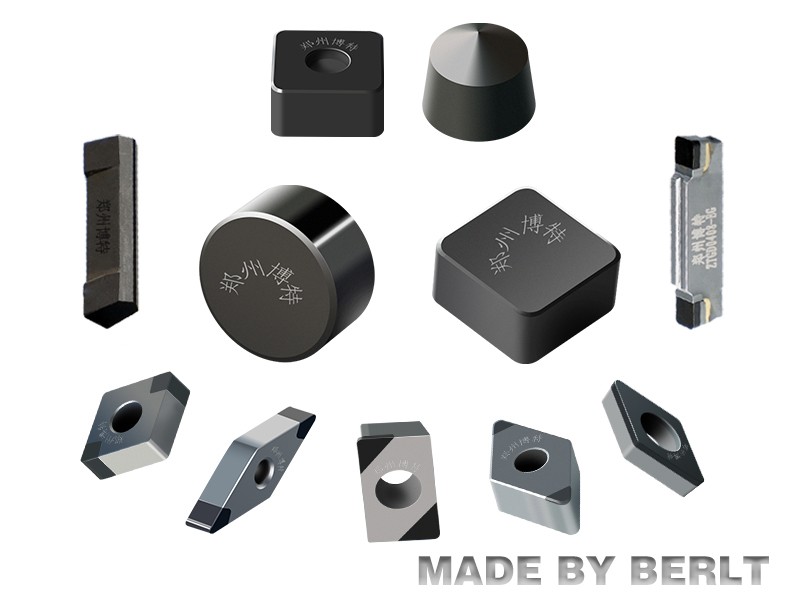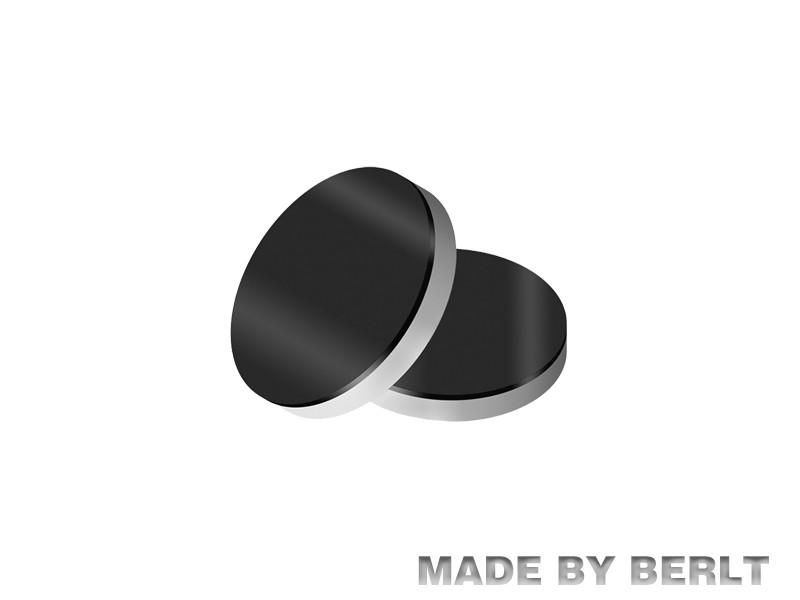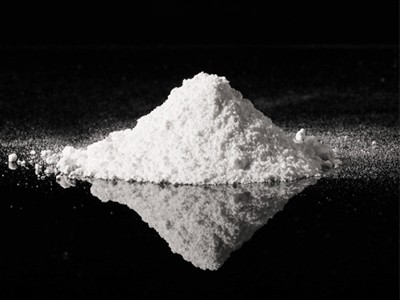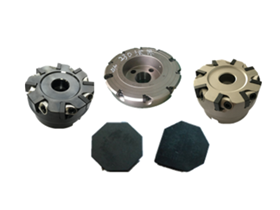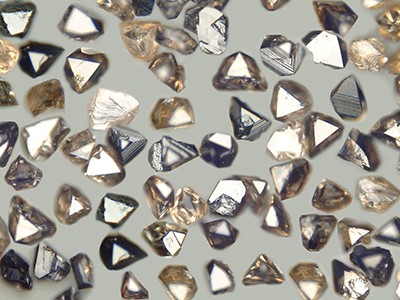As a thermally conductive filler, hexagonal boron nitride (h-BN) has shown revolutionary advantages in the field of thermal management materials, and its core competitiveness can be summarized in four dimensions:
Thermal conductivity beyond physical limits
The axial thermal conductivity of h-BN is as high as 390 W/(m-K), far exceeding that of traditional ceramic fillers such as alumina (30 W/(m-K)) and aluminum nitride (200 W/(m-K)). Its unique two-dimensional layered structure allows the average free range of phonons to reach hundreds of nanometers, which can build highly efficient thermal conductivity channels through directional alignment. The Huawei Mate 50 thermal film is made of h-BN/silicone composite material, which reduces the overall temperature rise by 40% and the thickness by 30% at the same thermal efficiency, demonstrating excellent volumetric thermal conductivity.
Electrically insulating to build a safety barrier
With a band gap width of 5.9 eV and a volume resistivity of more than 10¹³ Ω-cm, h-BN composites have both high thermal conductivity and electrical insulation properties. In the new energy vehicle battery module, h-BN composite material replaces traditional graphite sheet, and the leakage current density is less than 0.1 μA/cm² under 1000V high voltage, while the temperature difference of the module is controlled within 3℃. This characteristic makes it irreplaceable in charging pile, inverter and other fields.
Chemical stability guarantees long-lasting reliability
h-BN is structurally stable in the temperature range of -273°C to 2800°C, and the quality loss is <0.5% when annealed at 1500°C for 24 hours in a vacuum environment. Tesla's motor controller using h-BN thermal conductivity gel has less than 5% thermal conductivity degradation after 5,000 hours of double 85 test (85℃/85%RH), while traditional silicone grease degradation reaches 30%. In hydrogen fuel cell bipolar plates, the h-BN coating can withstand strong acid environments with pH=1 for 1000 hours without corrosion.
Process Adaptability Expands Application Boundaries
h-BN can be mechanically stripped, solvent heat method to obtain nanoscale sheet layer, and epoxy resin, polyimide and other polymer materials with excellent compatibility. Japan's Shin-Etsu Chemical developed h-BN/PA66 composite materials, adding 15 wt% filler can make the thermal conductivity of 12 W / (m-K), while maintaining 80% tensile strength. In 5G base station power amplifiers, the h-BN film reduces the weight of the heat dissipation module by 40%, meeting the lightweight requirements of high-frequency devices.
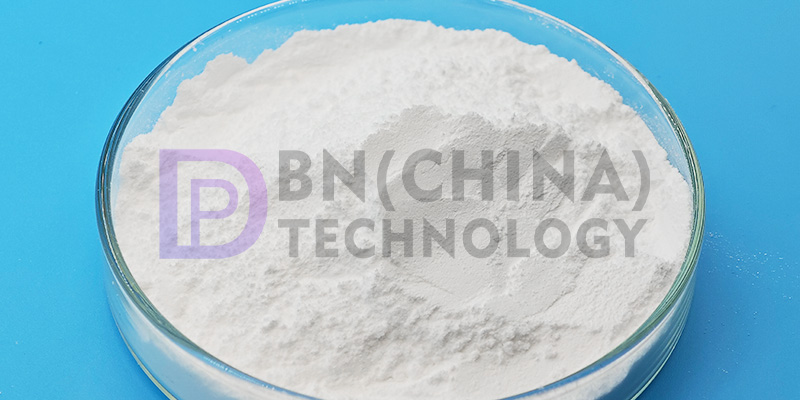
BN(CHINA) Technology h-BN products are synthesized by advanced continuous calcination equipment, with an annual production capacity of 1,000 tons, stable product performance, strong batch supply capability and outstanding cost advantage. Four specifications are available for your choice: PBN700 (purity ≥99.5%), PBN500 (purity >99%), PBN300 (purity >98%), PBN100 (purity >97%), and the four products are available with crystalline particle sizes of 1-5 μm, and powder sizes of D50 between 4 μm and 20 μm.
